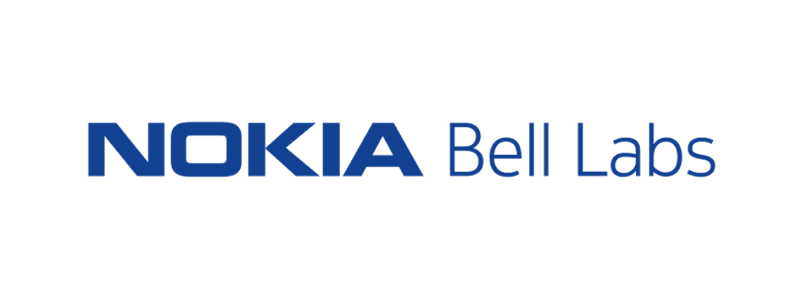
A team from Nokia Bell Labs used the COSMOS testbed in New York City to collect data for developing AI algorithms to improve the disaster response of 5G networks.
An optical polarization monitoring device was installed by Nokia Bell Labs in the COSMOS testbed to measure polarization dynamics of the COSMOS fiber plant going under the streets of Manhattan. This data was used to investigate AI algorithms to predict fiber failures and breaks. 5G networks in cities like New York will rely on optical fibers running throughout the city to connect the numerous radio access points. By detecting fiber failures in advance, the networks can be designed to respond and re-route signals before the failure occurs.
Measurements on the COSMOS fiber provided by New York City and ZenFi Networks follows the same routes as commercial fiber in New York. Therefore, the COSMOS experiments enable the Nokia team to collect data on the normal operating conditions in a real deployment environment. This data was combined with data taken on fiber that was stressed in lab tests using a robotic arm at Bell Labs. The results and a comparison of different machine learning methods to classify fiber disturbances were reported at the 2020 Optical Fiber Communication (OFC) Conference in San Diego and appear in the paper below:
K. Guan, J. E. Simsarian, F. Boitier, D. Kilper, J. Pesic, and M. Sherman, “Efficient Classification of Polarization Events Based on Field Measurements”, Proc. OSA OFC’20, Th3D.7, Mar. 2020 [download]
